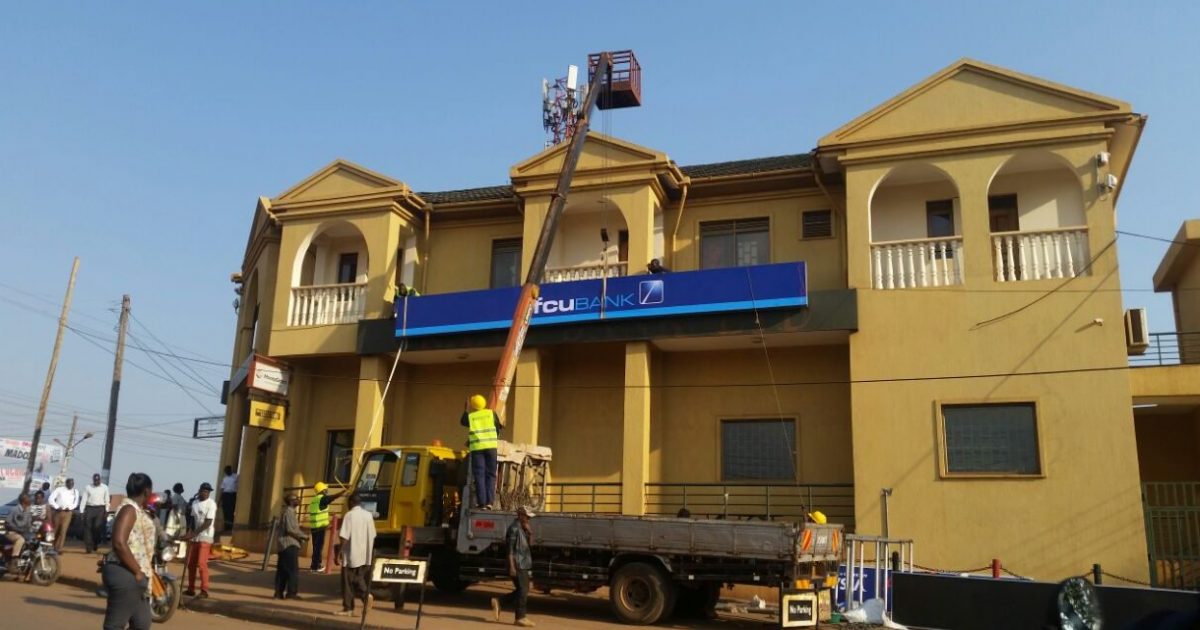It’s not party time yet for dfcu bank as borrowers increasingly fail to pay back their loans, a thing that could adversely affect the bank’s performance going forward.
According to dfcu bank’s released results for 2017, borrowers have completely failed to pay back Shs27.2bn (the bank has since written off these bad loans that increased to Shs27.2bn in 2017, up from Shs5bn in 2016).
Additionally, dfcu’s Non-Performing Loans (NPLs) also increased by Shs38.3bn to Shs96.6bn in 2017, up from Shs58.3bn in 2016.
From the above figures, it is clear dfcu borrowers have failed to pay back a total of Shs123.8bn. It is important to note that banks use part of customer deposits to lend to borrowers. This implies that failure to pay back poses a great risk to the bank’s survival.
The increased NPLs could be attributed to Crane Bank acquisition. dfcu took over Crane Bank with NPLs of Shs142.3bn that it had registered in 2015.
However, dfcu still has a chance to recover the Shs96.6bn in NPLs through selling customers’ security mainly land and buildings.
An industry player, who preferred anonymity, said the buyers of collateral like buildings are few and offer lower prices than the value of the properties.
“Recovering Non-Performing Loans is quite expensive. Firstly, you have to first place adverts in newspapers as required by law before auctioning the borrower’s collateral,” the source says, adding: “Buyers tend to offer lower prices for auctioned properties by banks. What is compounding recovery of NPLs by many banks is the fact that there are a few buyers compared to supply (auctioned properties).”
In an earlier interview with this reporter, Charles Ocici, an ex-banker and Executive Director at Enterprise Uganda explained why industry NPLs are high.
“Many malls you see in Kampala were built using loans, but they are idle. A bank will convince you not to leave your building on the floor level without caring much about your ability to pay back. That’s why many [borrowers] are not paying back and thus high NPLs,” Ocici said.
“Such ambition has made banks reduce on their tightness by refinancing existing loans. Borrowers have been moving from one bank to another,” he added.
However, high NPLs and bad loans written off didn’t stop dfcu bank from recording an impressive Shs127.6bn net profit in the year ended 31 December 2017, up from Shs46.2bn registered in 2016.
Nonetheless, high NPLs must be reduced drastically for better performance of the bank. In other words, making Shs127.6bn net profit when borrowers are failing to pay back their loan obligations to the tune of Shs123bn doesn’t make much economic sense.
dfcu bank’s shareholders will soon be smiling to the bank after proposed dividends increased to Shs51bn, up from Shs18.5bn in 2016, but they must seriously reflect on best means to recover the Shs96.6bn in NPLs if the bank is to post impressive results in 2018.
The big question is; can dfcu bank recover the Shs96.6bn in NPLs 100%?
Your guess is as good as mine.
As of October 2017, the major shareholders of dfcu bank are; Arise BV (majority shareholder with 58.71% ownership), CDC Group of the United Kingdom (9.97%), National Social Security Fund (Uganda)-7.69%, Kimberlite Frontier Africa Naster Fund (6.15%), SSB-Conrad N. Hilton Foundation (0.98%), Vanderbilt University (0.87%) and Blakeney Management (0.63%). Others are Bank of Uganda Staff Retirement Benefits Scheme (0.59%), Retail investors (11.19%) and two undisclosed Institutional Investors (3.22%).
Crane Bank Impact
dfcu acquired Crane Bank, the then fourth largest bank in Uganda on February 27, 2017 at an unbelievable fee of Shs200bn which didn’t reflect assets that were valued at 1.3 trillion shillings.
Riding on Crane Bank acquisition that brought on board more high net customers, dfcu bank’s loans advanced to customers increased to Shs1.3 trillion in 2017, up from Shs834.8bn in 2016.
Customer deposits also increased to Shs1.98 trillion in 2017, up from Shs1.13 trillion a year earlier.
The bank’s total assets increased to a record Shs3 trillion, up from Shs1.7 trillion in 2016.
On a further positive note, dfcu’s core capital increased to Shs362bn in 2017, up from Shs188bn in 2016.
However, the bank’s total expenditure also increased to Shs350.8bn in 2017, up from Shs197.6bn in 2016.
Late last year, dfcu indicated that certain assets and liabilities acquired from Crane Bank had been successfully integrated into their operations, a development that has seen the bank become one of the three top banks in Uganda.
Tough 2nd Half Of The Year
dfcu bank must have had a challenging 2nd half of the year. This is because it posted an impressive Shs114bn net profit in its half year results for 2017, up from Shs23.3bn in June 2016. This means that in the six months to December 2017 dfcu only made a net profit of Shs13.6bn. Sources indicate that in the 2nd half of the year dfcu concentrated on recovering the NPLs, but results weren’t impressive, explaining why NPLs and bad loans written off went up.
Industry sources blame the high NPLs to high interest rates that went up to 30% five years ago. This saw many borrowers find it hard to honour their loan obligations considering the fact that the economy has also not been performing well during this period.
However, NPLs are expected to reduce as Bank of Uganda (BoU) continues to reduce the Central Bank Rate (CBR), a benchmark lending rate for commercial banks. Last year, BoU reduced the CBR to as low as 9%, a move that has seen many banks reduce their Prime Lending Rates to as low as 17%.






